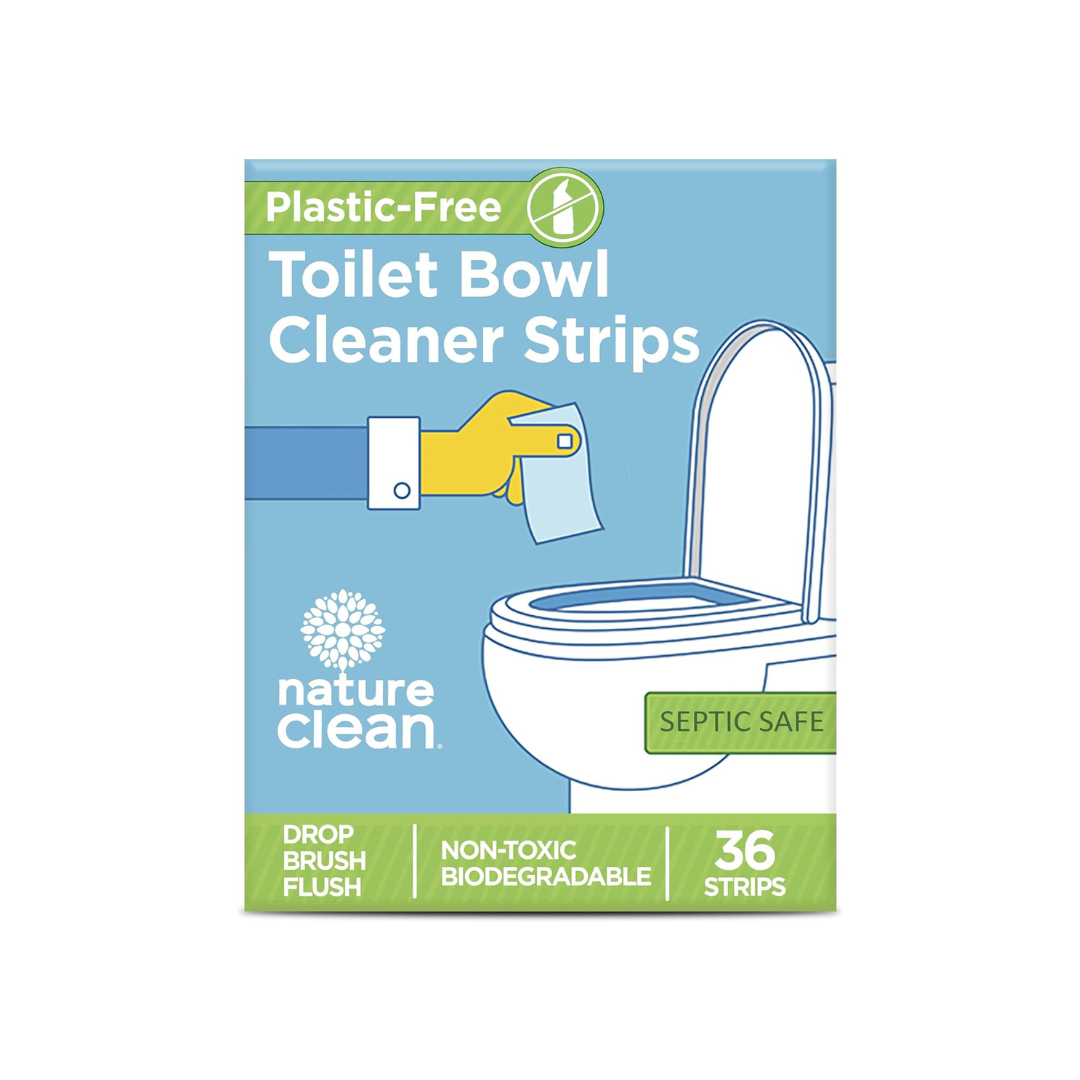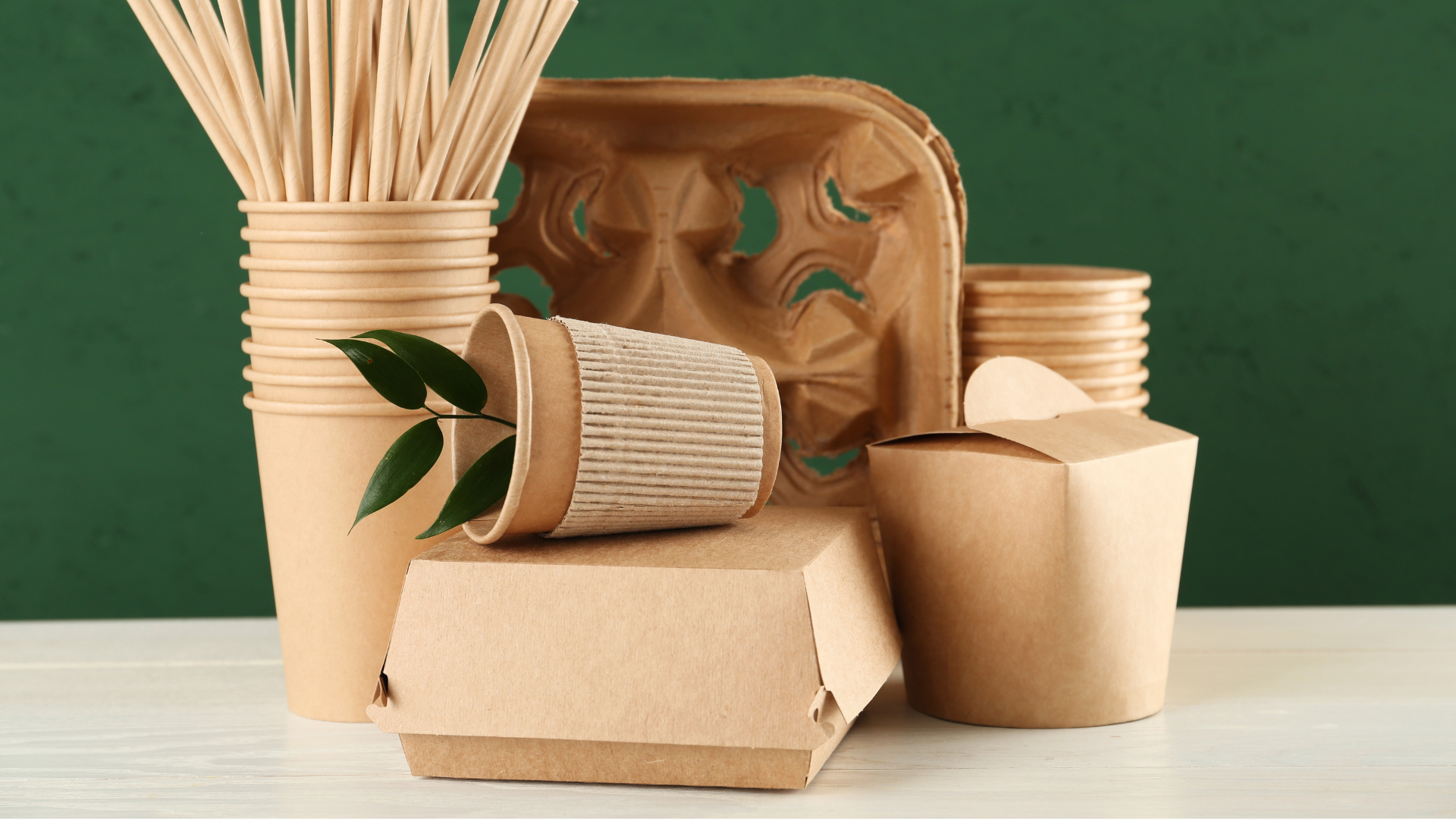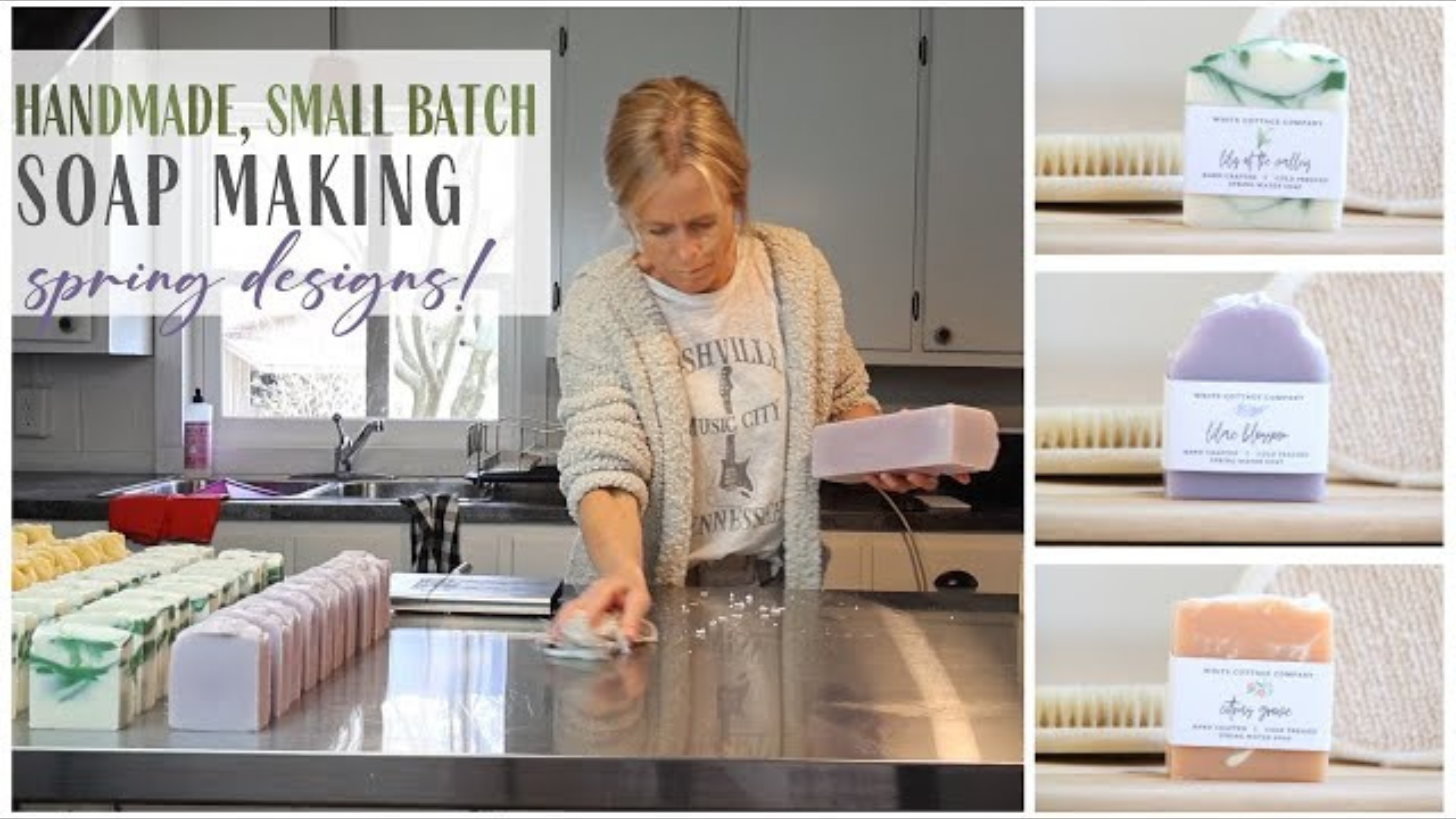Volatile organic compounds and their long-term effects.
Understanding Toluene and Other Solvents in Nail Care
When it comes to nail care, many of us focus on the aesthetic appeal—perfectly polished nails, vibrant colors, and long-lasting finishes. However, beneath the glossy surface of nail care products lies a hidden concern: the presence of harmful solvents like toluene, formaldehyde, and dibutyl phthalate (DBP). These volatile organic compounds (VOCs) not only pose risks to human health but also harm the environment.
At Sustai Market, we believe in empowering consumers with knowledge about high-risk ingredients, enabling safer choices for both personal care and the planet. Through tools like our Sustai Score and Non-Toxic Badge, we ensure that the products we offer meet strict safety and sustainability standards. In this blog, we’ll explore what toluene and other solvents are, why they’re used in nail care, and the risks they pose to health and the environment.
What Are Toluene and Solvents in Nail Care?
Definition of Toluene and Solvents in Nail Products
Toluene is a volatile organic compound (VOC) commonly found in nail polishes, nail polish removers, and other nail care products. It is prized for its ability to keep pigments evenly suspended, ensuring a smooth and uniform application. Often referred to as a "solvent," toluene is just one of several chemicals used in nail care formulations to improve performance.
Other solvents, such as formaldehyde, ethyl acetate, and dibutyl phthalate (DBP), are also widely used. These ingredients enhance drying times, strengthen nails, and provide a glossy finish. However, their inclusion comes at a cost, as many of these compounds are associated with significant health and environmental risks.
Why Are Toluene and Solvents Used in Nail Care?
-
Toluene: Keeps nail polish pigments from separating, ensuring a smooth and consistent application.
-
Formaldehyde: Commonly used as a nail hardener and preservative.
-
Dibutyl Phthalate (DBP): Prevents cracking and improves flexibility in nail polishes.
-
Ethyl Acetate: Acts as a solvent in nail polish removers, dissolving polish quickly.
-
Camphor: Provides a shiny, glossy finish to nail polish.
While these solvents contribute to the functionality and aesthetic appeal of nail care products, they also bring a host of risks that consumers should be aware of.
The Hidden Risks of Toluene and Solvents
-
Short-Term Effects:
-
Inhalation of fumes can cause dizziness, headaches, and nausea.
-
Skin contact may lead to irritation or allergic reactions.
-
-
Long-Term Effects:
-
Prolonged exposure to VOCs like toluene has been linked to respiratory issues, neurological damage, and reproductive harm.
-
Sustai Market’s Commitment
At Sustai Market, we prioritize transparency and safety. Products with harmful solvents like toluene are excluded from our curated collections, and items free of high-risk ingredients earn our Non-Toxic Badge. Our Sustai Score makes it easy for consumers to identify safer alternatives that align with their values.
Common Solvents Found in Nail Care Products
1) Toluene
-
What It Does:
-
Toluene is a solvent that ensures nail polish applies evenly and dries smoothly.
-
-
Health Risks:
-
Short-term exposure can cause dizziness, headaches, and nausea.
-
Long-term exposure may lead to neurological damage, respiratory issues, and reproductive harm.
-
2) Formaldehyde
-
What It Does:
-
Formaldehyde acts as a nail hardener and preservative, extending the shelf life of nail products.
-
-
Health Risks:
-
Classified as a known carcinogen by the International Agency for Research on Cancer (IARC).
-
Exposure can cause skin irritation, respiratory problems, and allergic reactions.
-
3) Dibutyl Phthalate (DBP)
-
What It Does:
-
DBP improves the flexibility of nail polishes, preventing them from cracking or chipping.
-
-
Health Risks:
-
Disrupts endocrine function and has been linked to reproductive toxicity and developmental harm.
-
4) Ethyl Acetate
-
What It Does:
-
Commonly used in nail polish removers, ethyl acetate dissolves nail polish for quick removal.
-
-
Health Risks:
-
Inhalation of fumes can irritate the respiratory system, while skin contact can cause dryness and irritation.
-
5) Camphor
-
What It Does:
-
Camphor is added to nail polishes to create a glossy, shiny finish.
-
-
Health Risks:
-
Inhalation of camphor fumes can lead to dizziness, nausea, and headaches.
-
Key Takeaway:
While these solvents are effective in improving the functionality of nail care products, their health risks cannot be ignored. Consumers should actively seek alternatives that use safer, non-toxic ingredients.
The Health Impacts of Toluene and Other Solvents
1) Immediate Effects of Exposure
-
Skin and Eye Irritation:
-
Direct contact with nail polish or remover can cause redness, itching, and swelling.
-
-
Respiratory Issues:
-
Inhalation of VOCs like toluene can cause coughing, wheezing, and difficulty breathing.
-
-
Neurological Effects:
-
Short-term exposure to solvents may result in dizziness, headaches, and fatigue.
-
2) Long-Term Health Risks
-
Reproductive Harm:
-
Toluene and DBP are known to interfere with reproductive health, posing risks to fertility and fetal development.
-
-
Neurological Damage:
-
Chronic exposure to VOCs can impair memory and cognitive function.
-
-
Increased Cancer Risk:
-
Formaldehyde is a known carcinogen, with prolonged exposure increasing the risk of certain cancers.
-
3) Vulnerable Populations
-
Nail Salon Workers:
-
Frequent exposure to solvent fumes puts nail technicians at higher risk of long-term health problems, including respiratory and neurological issues.
-
-
Pregnant Individuals:
-
Exposure to toluene and DBP during pregnancy can harm fetal development, leading to birth defects or other complications.
-
Environmental Impacts of Toluene and Solvents
1) Air Pollution
-
VOC Emissions:
-
Toluene and other solvents release volatile organic compounds into the air, contributing to indoor and outdoor air pollution.
-
-
Smog Formation:
-
VOCs combine with other chemicals in the atmosphere to form ground-level ozone, a major component of smog.
-
2) Water Contamination
-
Improper Disposal:
-
Nail polish and remover residues can enter water systems if not disposed of properly, leading to contamination.
-
-
Toxicity to Aquatic Life:
-
Solvents like toluene and DBP are highly toxic to fish and other aquatic organisms, disrupting ecosystems.
-
3) Waste Generation
-
Non-Biodegradable Plastics:
-
Many nail polish bottles and packaging contribute to plastic waste, further exacerbating environmental harm.
-
Identifying Harmful Solvents in Nail Care Products
1) Reading Labels: What to Look For
The first step to identifying harmful solvents is to familiarize yourself with ingredient labels. Many nail care products include high-risk chemicals that may not be explicitly advertised.
-
Key Ingredients to Reconsider:
-
Toluene: Look for this solvent in nail polishes and removers.
-
Formaldehyde: Often listed in nail hardeners or as “formalin.”
-
Dibutyl Phthalate (DBP): Found in polishes to prevent cracking.
-
Ethyl Acetate: Common in nail polish removers.
-
Camphor: Used for its glossy finish.
-
-
Common Misleading Labels:
-
Products labeled as “long-lasting” or “quick-drying” often contain solvents to achieve these effects.
-
2) Recognizing Certifications and Claims
Certifications can help identify safer products:
-
“3-Free” and “5-Free” Labels:
-
“3-Free” products exclude toluene, formaldehyde, and DBP.
-
“5-Free” also excludes formaldehyde resin and camphor.
-
Some brands now offer “10-Free” products, avoiding even more high-risk ingredients.
-
-
Sustai Market’s Non-Toxic Badge:
-
Products awarded this badge are free from harmful solvents and other high-risk chemicals, ensuring safety for both you and the planet.
-
Safer Alternatives to Solvent-Based Nail Care
1) Water-Based Nail Polishes
-
Why Water-Based?
-
Water-based nail polishes eliminate the need for VOCs like toluene and ethyl acetate.
-
They are free from harsh chemical odors and are safer for both users and the environment.
-
-
Benefits:
-
Non-toxic and low odor.
-
Easier to remove without harsh removers.
-
Better for individuals with chemical sensitivities or allergies.
-
2) Natural Nail Care Products
-
Plant-Based Ingredients:
-
Look for products made with plant-based resins, pigments, and oils.
-
Examples include nail strengtheners made with argan oil, vitamin E, or bamboo extract.
-
-
Natural Nail Hardeners:
-
Instead of formaldehyde-based products, opt for natural nail hardeners that use keratin or biotin to strengthen nails.
-
3) Acetone-Free Nail Polish Removers
-
Why Acetone and Ethyl Acetate are High-Risk Ingredients?
-
While effective, these solvents can dry out nails and skin, causing irritation.
-
-
Gentler Alternatives:
-
Soy-based nail polish removers or plant-derived solvents are effective and less harsh.
-
These products are often enriched with oils like jojoba or lavender to nourish nails during removal.
-
4) Nail Care Without Polish
-
Minimalist Approach:
-
Embrace natural nails by keeping them clean, trimmed, and buffed for a healthy look without polish.
-
-
Natural Treatments:
-
Use natural oils like coconut oil or almond oil to hydrate and strengthen nails.
-
Opt for DIY cuticle treatments made with olive oil and sugar for exfoliation.
-
Supporting Sustainable Nail Care Practices
1) Choosing Eco-Friendly Brands
-
Sustai Market’s Role:
-
We curate brands that prioritize non-toxic formulations and sustainable practices.
-
Through our Sustai Score, we evaluate products for safety, transparency, and environmental impact.
-
-
Certifications to Look For:
-
Cruelty-Free: Ensures no animal testing.
-
Vegan: Free from animal-derived ingredients.
-
Eco-Friendly: Focuses on biodegradable packaging or refillable options.
-
2) Proper Disposal of Nail Products
-
Avoid Pouring Down the Drain:
-
Nail polish and remover residues should never be poured down the sink, as they can contaminate water systems.
-
-
Use Hazardous Waste Facilities:
-
Dispose of old nail polish and remover at designated hazardous waste collection facilities.
-
-
Recycling Packaging:
-
Look for brands that offer recyclable packaging or programs to return used bottles for proper disposal.
-
3) DIY Nail Care Options
-
Homemade Nail Polish:
-
Create your own nail polishes using natural pigments and non-toxic bases.
-
-
DIY Nail Treatments:
-
Use baking soda and lemon juice to whiten nails naturally.
-
Olive oil and salt scrubs can exfoliate and hydrate your cuticles.
-
The Role of Regulations in Reducing Harmful Solvents
1) Existing Regulations
-
United States:
-
The FDA oversees cosmetic ingredients but has limited authority to ban specific chemicals in nail care products.
-
-
European Union:
-
The EU has stricter regulations, banning DBP and formaldehyde in cosmetic products.
-
2) Advocacy for Stricter Policies
-
Mandatory Labeling:
-
Advocate for clearer labeling requirements to help consumers identify solvent-based products.
-
-
Bans on High-Risk Ingredients:
-
Push for bans on toluene, formaldehyde, and other hazardous solvents in nail care products.
-
The Future of Non-Toxic Nail Care
1) Innovations in Formulations
-
Bio-Based Polishes:
-
Researchers are developing biodegradable nail polishes made from renewable resources like algae and plant resins.
-
-
Odorless Solvents:
-
New solvent technologies aim to eliminate harsh chemical odors while maintaining performance.
-
2) Consumer-Driven Change
-
Demand for Transparency:
-
As awareness grows, consumers are demanding full ingredient transparency from brands.
-
-
Role of Sustai Market:
-
Empowering consumers with tools like the Sustai Score to make informed, eco-friendly purchasing decisions.
-
Why Toluene and Solvents are High-Risk Ingredients?
The risks associated with toluene and other solvents in nail care are too significant to ignore. From immediate effects like dizziness and skin irritation to long-term risks such as reproductive harm and increased cancer risk, these chemicals have no place in a safe, sustainable beauty routine. Additionally, the environmental impact of VOC emissions, water contamination, and plastic waste underscores the need for a shift toward non-toxic and eco-friendly alternatives.
At Sustai Market, we are here to guide you through this transition. By choosing solvent-free, sustainable nail care products, you can protect your health, reduce environmental harm, and support brands that prioritize safety and transparency. Explore our Personal Care & Beauty section for curated non-toxic nail care products or read more about harmful ingredients in our Health & Wellness blogs. Together, we can create a healthier and more sustainable future.


















